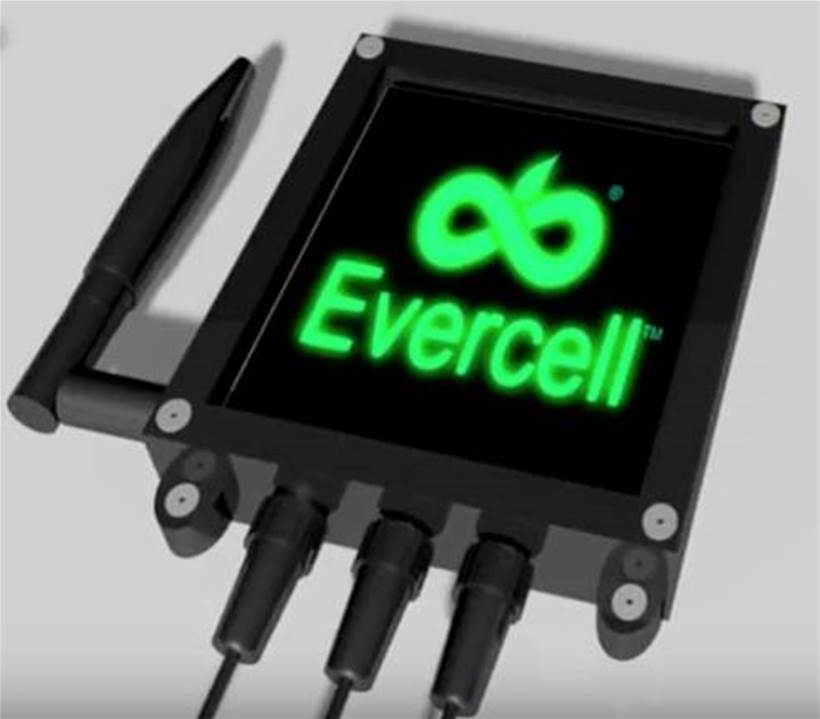US research centre Bridg has teamed up with a private company, Face International, to produce a battery-less source of power for IoT sensors – although its description sounds similar to a perpetual motion machine, which has been deemed to be impossible.
The device, called Evercell, “employs a unique design and advanced materials to harvest thermal energy in any environment where the ambient temperature is above absolute zero – reliably generating the microwatts of electrical power needed to run wireless IoT sensors without the need for batteries,” according to a Bridg press release.
The research firm says it expects its first generation of the postage stamp sized Evercells to come in three versions, each generating 1.2V and, respectively, 4.32 microwatts, 400 nanowatts and 800 nanowatts of continuous power.
These are tiny amounts of power, but the output could be increased by using multiple devices. According to Bridg, an Evercell demonstration device has been operating continuously for 16 months with undiminished performance, producing enough electrical output to power a typical wireless sensor.
The firm says that it and Evercell intend to cooperatively undertake technology validation for product integration development and prototype manufacturing of Evercell power cells at Bridg’s NeoCity campus in central Florida, with the goal to achieve mass production by 2019, based on customer-driven demand.
Bridg’s director of strategic partnerships, Dan Holladay, said that Evercell had the potential to be to batteries what the light bulb was to candles and oil lamps.
“The cost, inconvenience, and inaccessibility associated with battery replacement make them impractical as a power source for many of the IoT sensor applications,” he said.
“The promise of the Evercell technology could address an unmet annual demand for tens of billions of IoT devices relying on batteries that otherwise could not be deployed.”
But how does it work?
Trouble is the device’s mode of operation, as set out in a YouTube video, appears to flout the second law of thermodynamics. This can be stated in many forms, but, as noted in Wikipedia: “Before the establishment of the second law, many people who were interested in inventing a perpetual motion machine had tried to circumvent the restrictions of first law of thermodynamics by extracting the massive internal energy of the environment as the power of the machine. Such a machine is called a ‘perpetual motion machine of the second kind’. The second law declared the impossibility of such machines.”
However, “extracting the massive internal energy of the environment” appears to be exactly what Evercell does, according to the video.
“The tiny particles in all matter are constantly in motion,” it says. “Within the same material some particles are warmer and some cooler and the combination results in the temperature we can feel and measure.
“Long ago one of the world’s great physicists [James Clark Maxwell] observed that if we could send the warmer particles to one side and the cooler particles to the other we could generate electricity.
“That is what Evercell does with inexpensive engineered materials using no fuel and no moving parts.”
IoT Hub has sought comment from Bridg.







